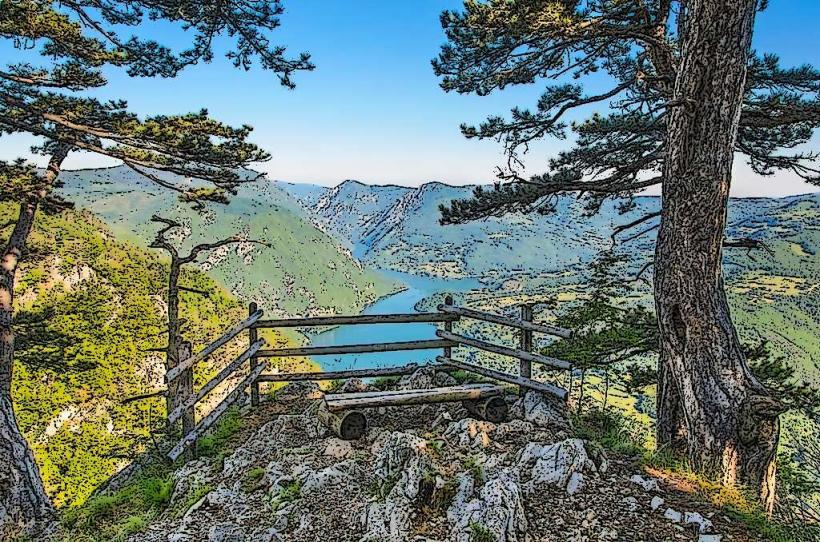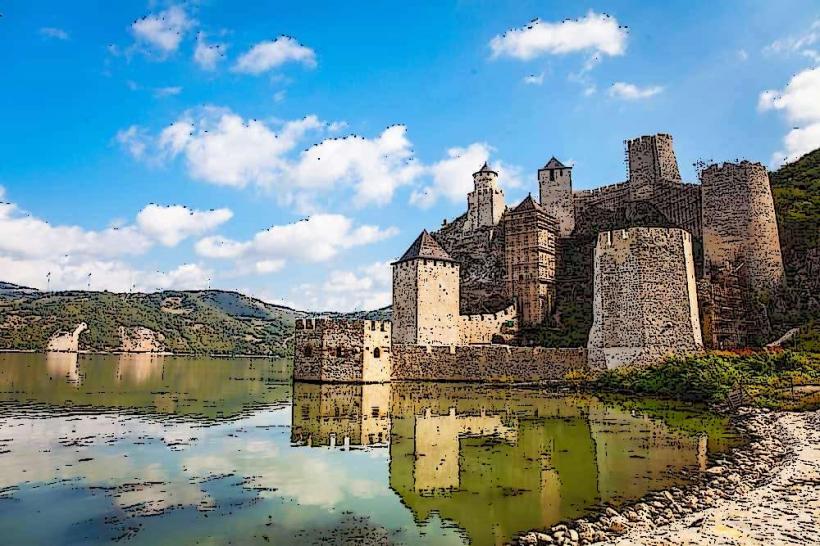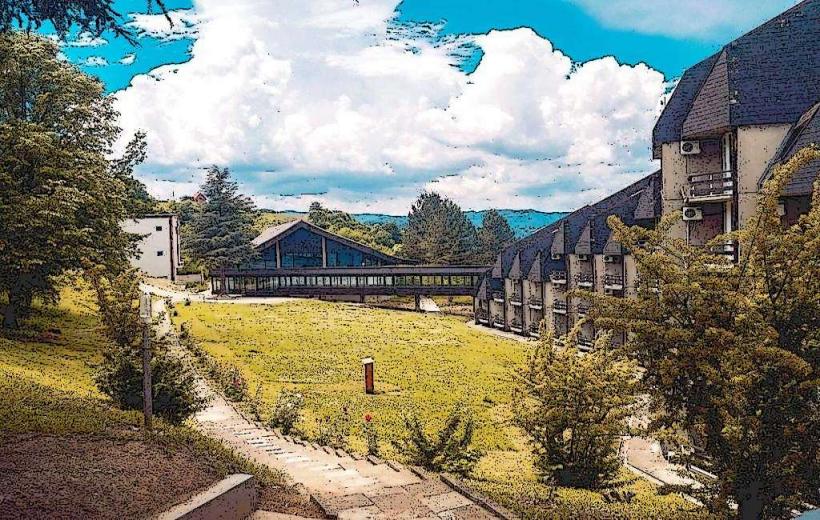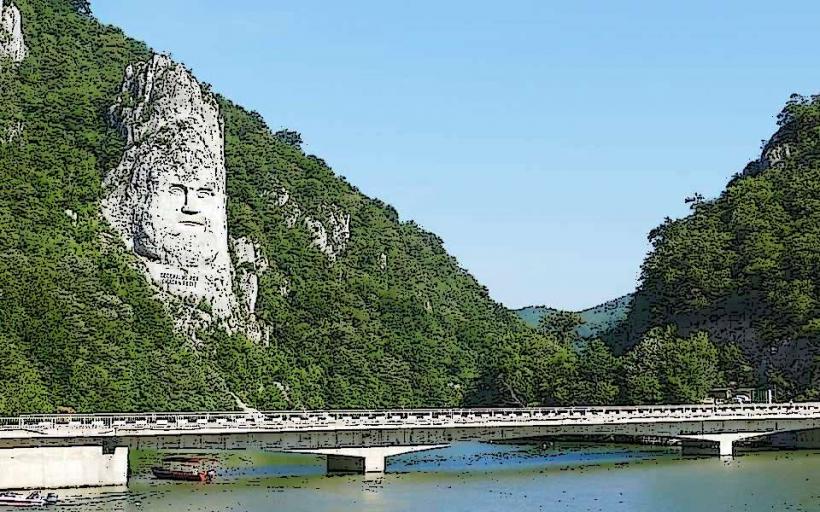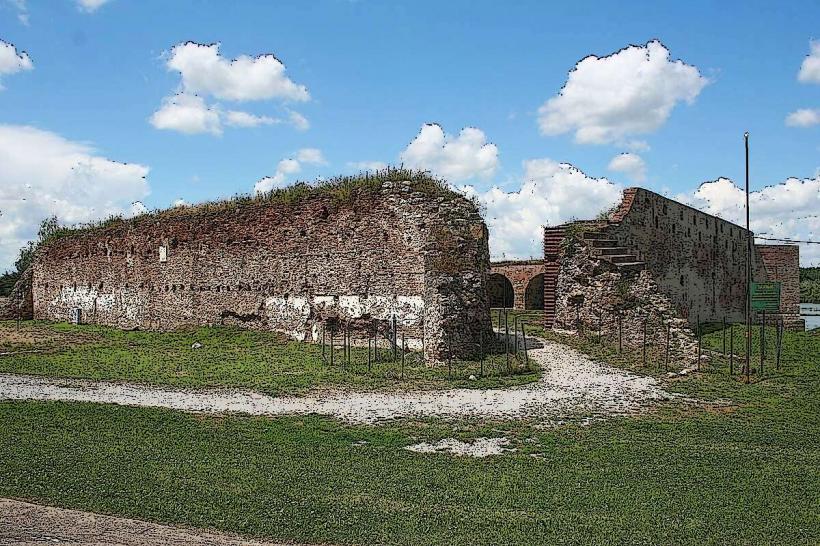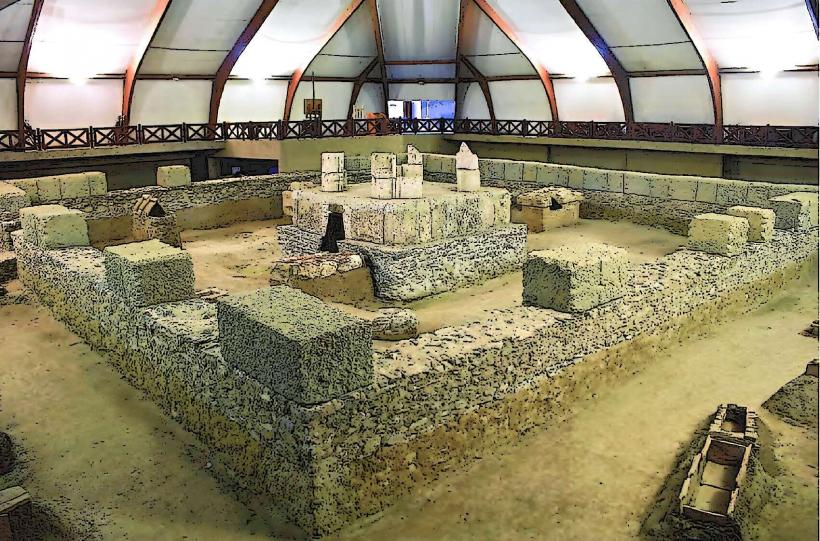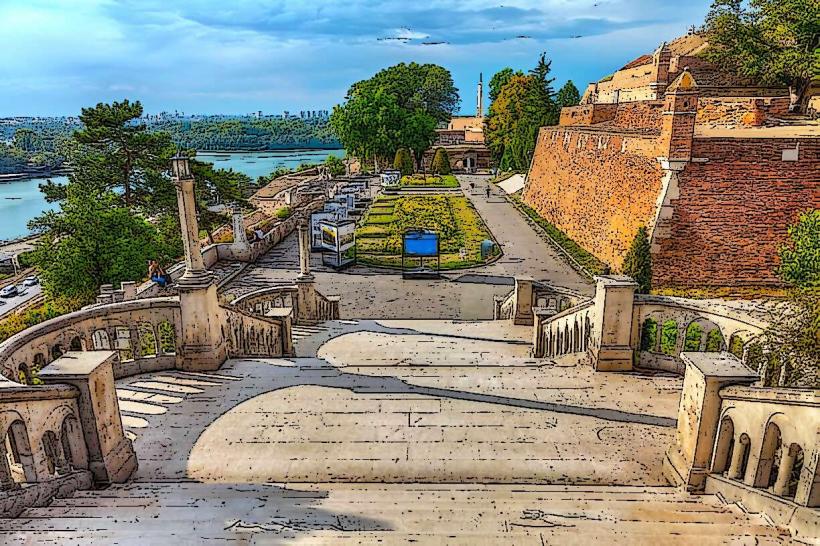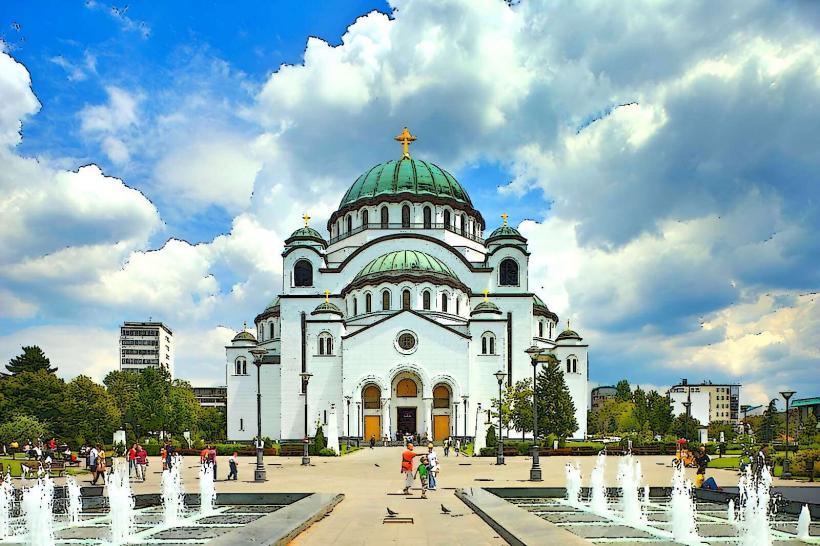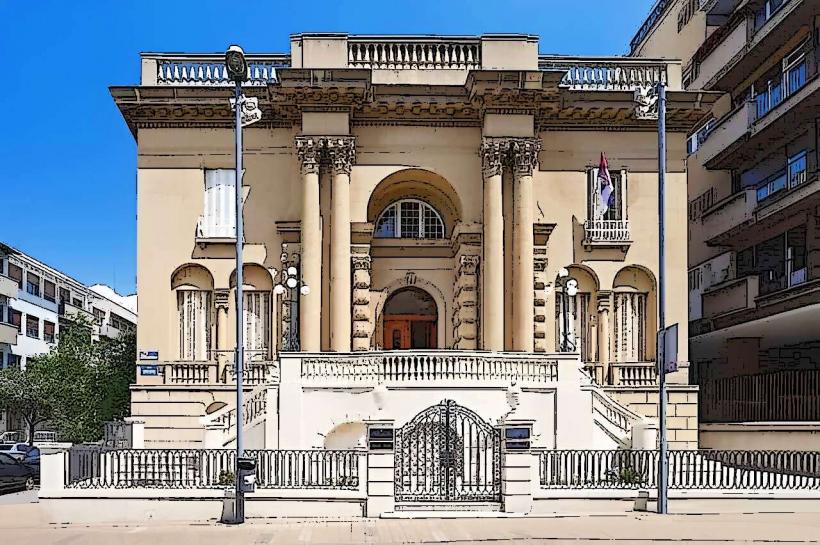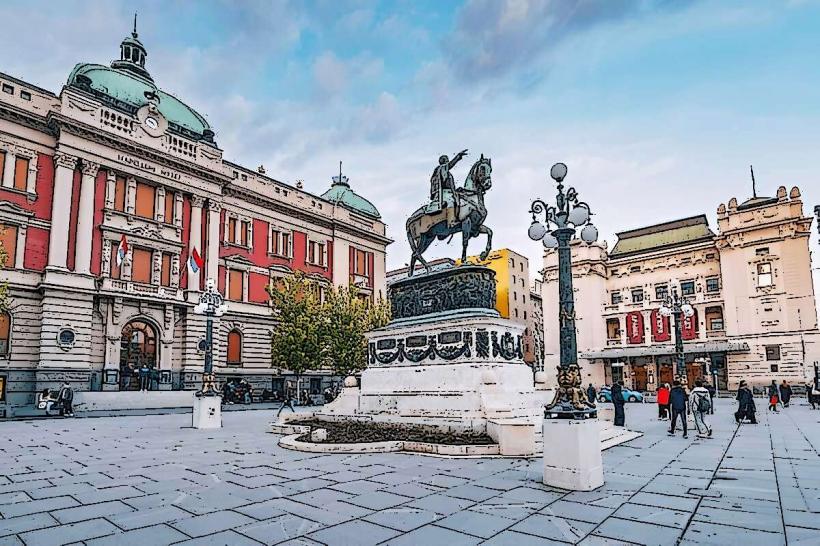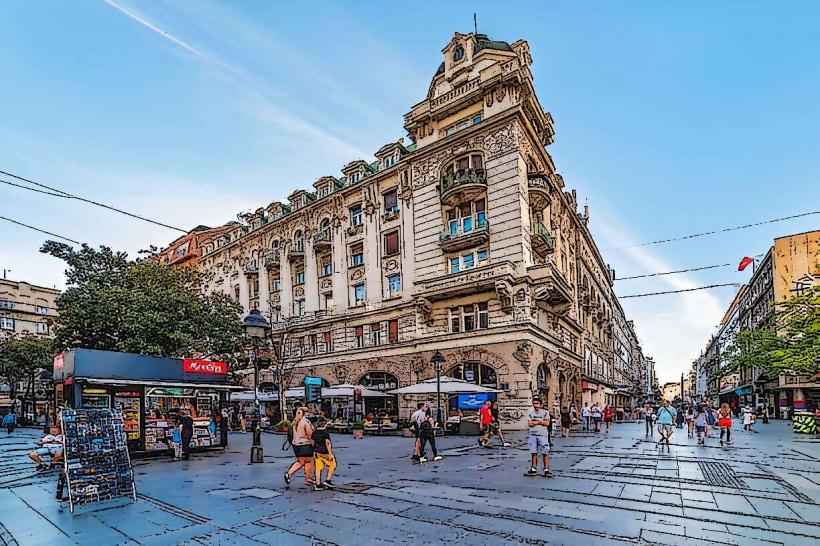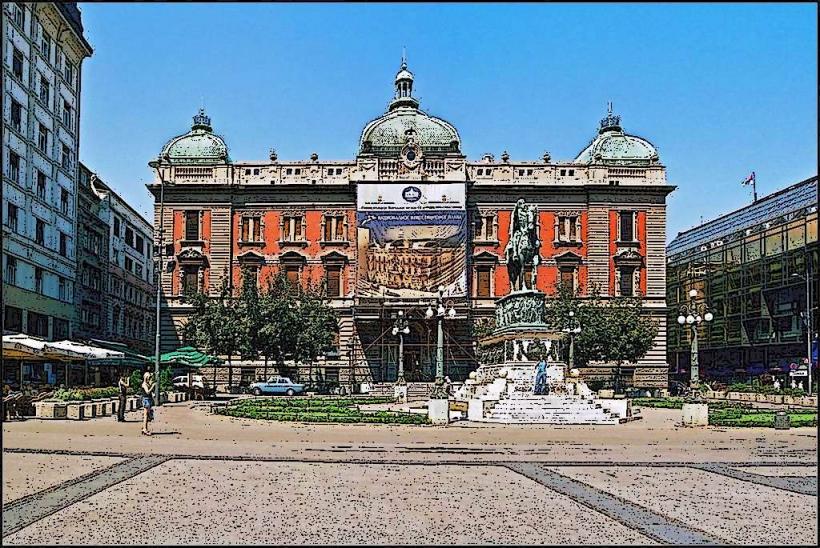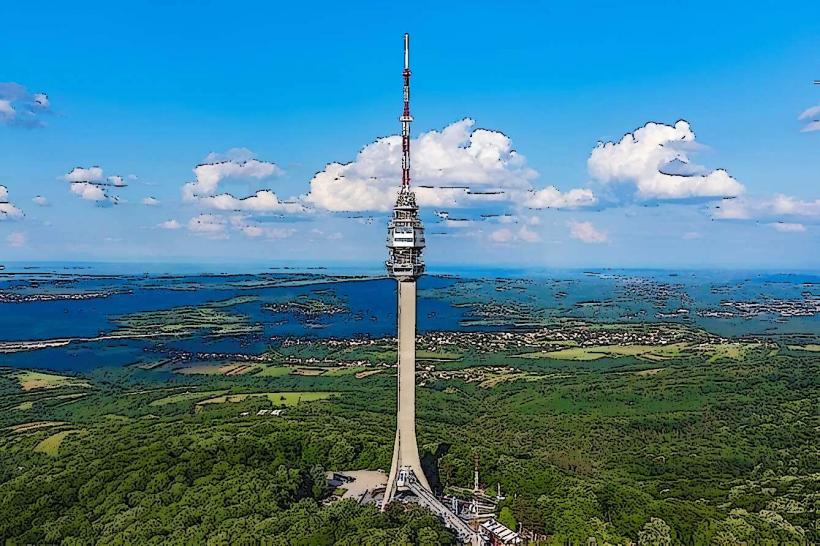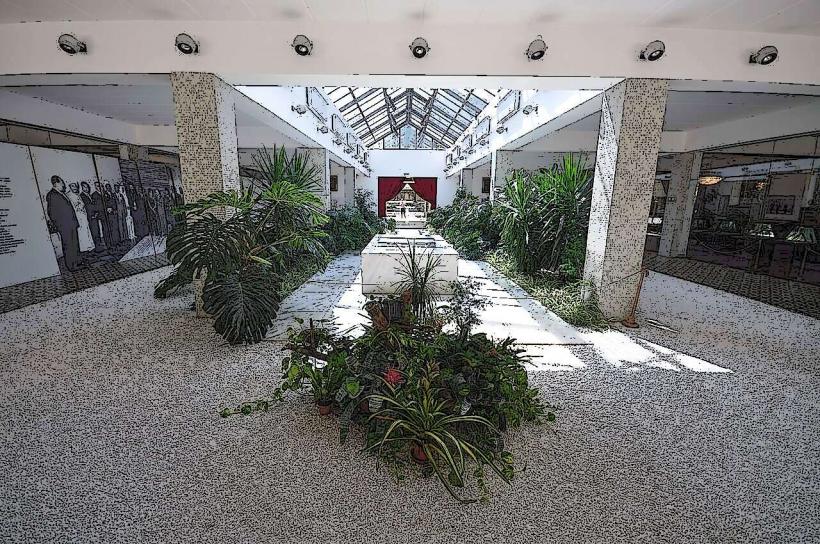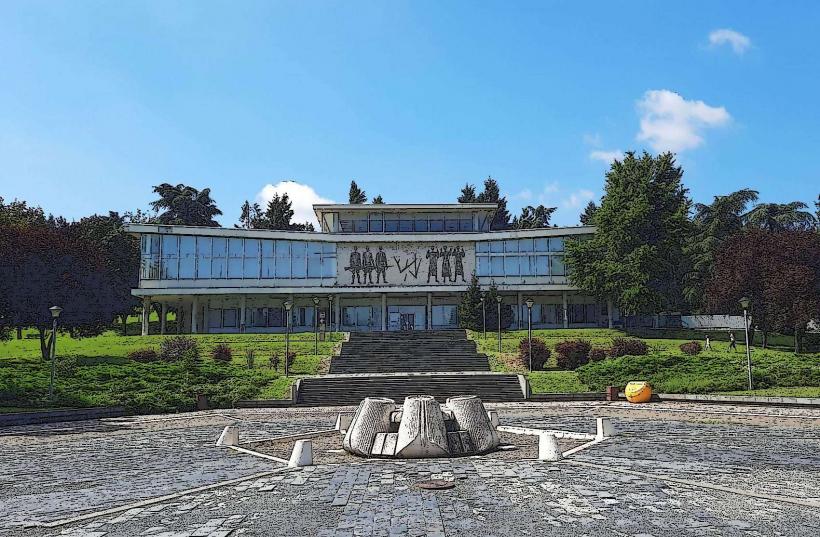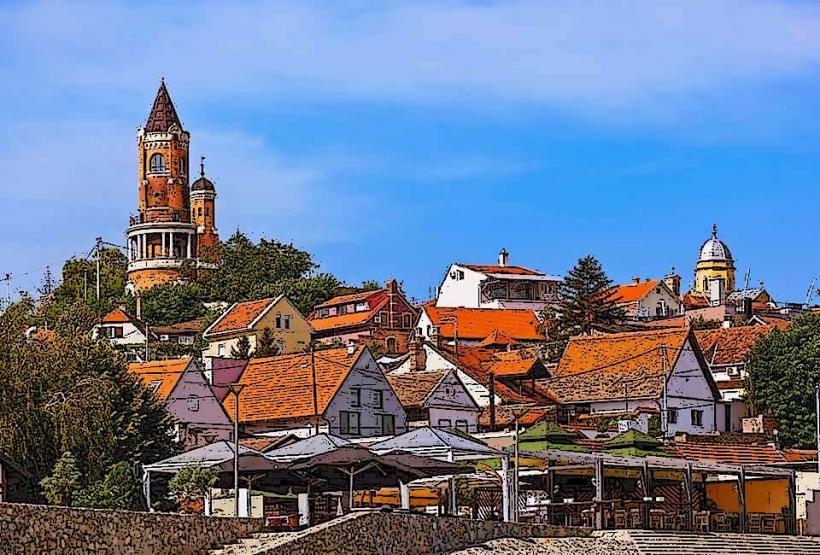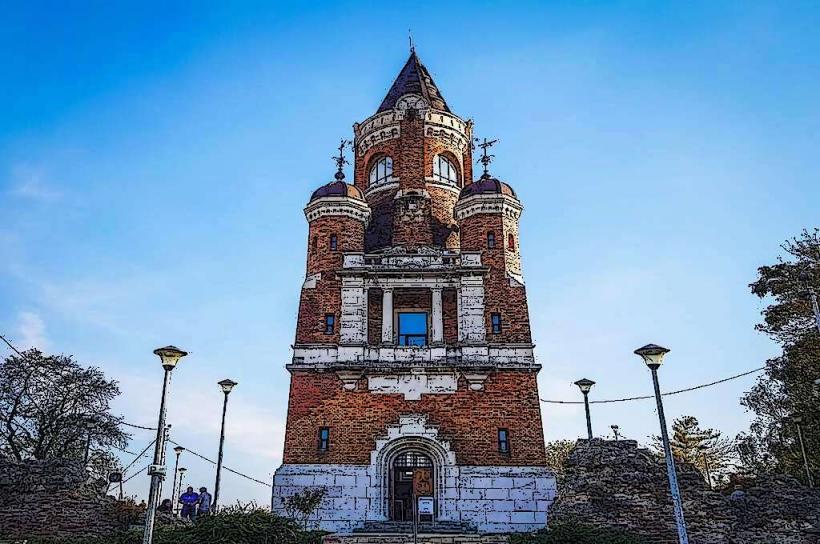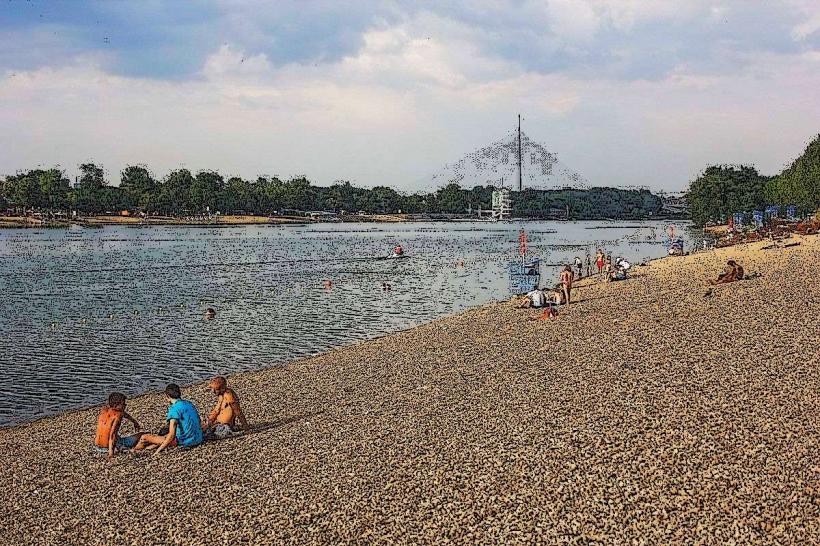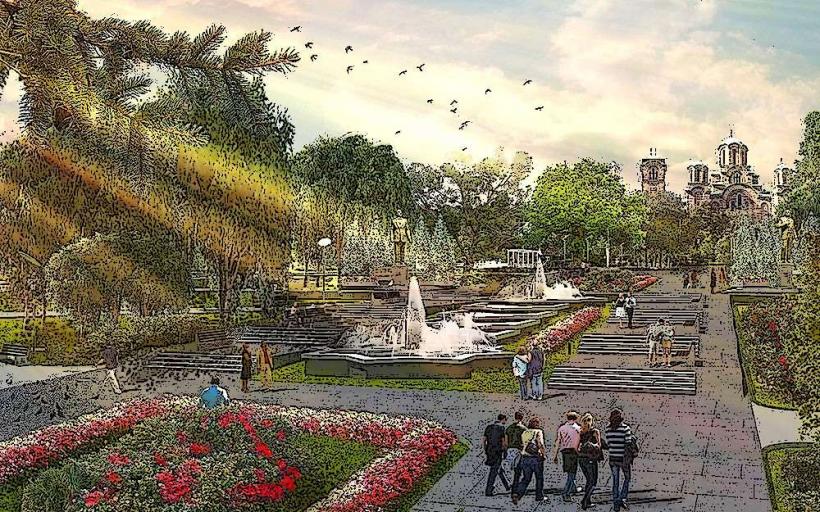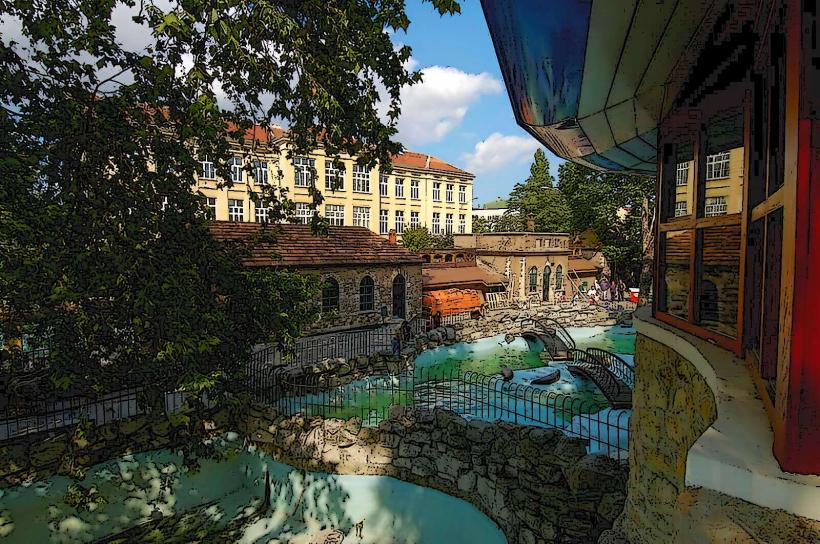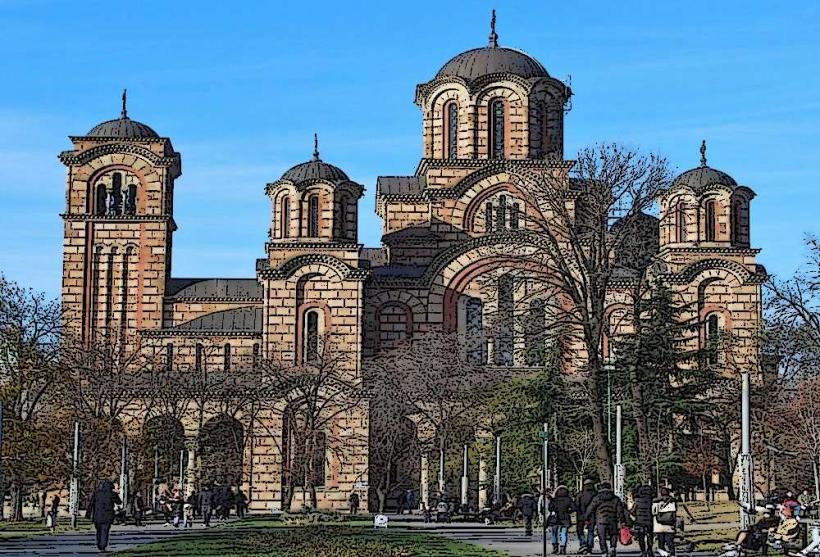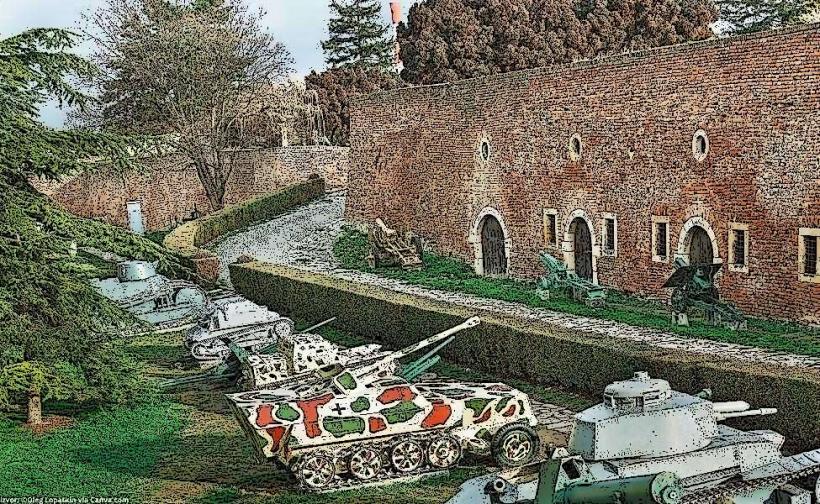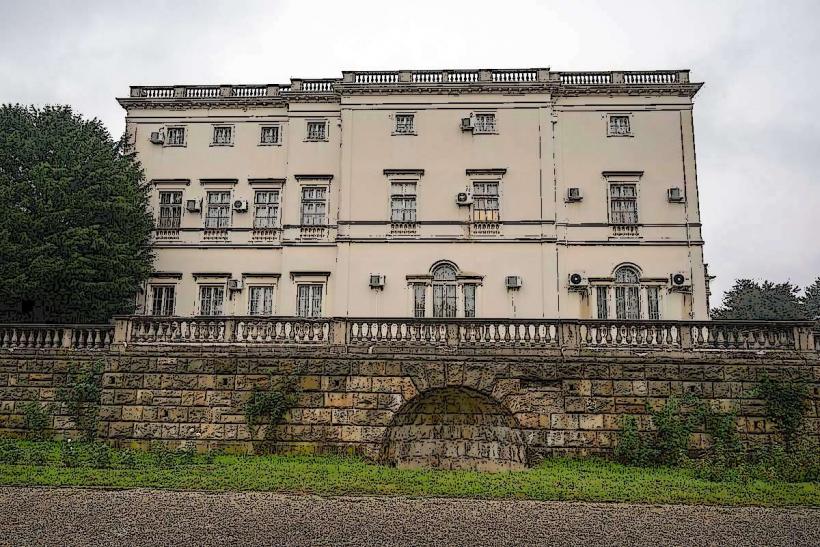Information
Landmark: Belgrade FortressCity: Belgrade
Country: Serbia
Continent: Europe
Belgrade Fortress, known as Kalemegdan Fortress, is one of the most significant historical landmarks in Belgrade, Serbia. It offers a fascinating glimpse into the city's history, spanning centuries and multiple civilizations. The fortress is located at the confluence of the Sava and Danube rivers, a strategic position that has made it a key military and cultural site throughout the ages.
Historical Background:
Belgrade Fortress has a long and complex history, with evidence of settlements dating back to prehistoric times. The site has been occupied by various civilizations, including the Celts, Romans, Byzantines, and Ottomans, each of whom left a mark on the structure and design of the fortress.
Prehistoric and Roman Periods: The area around the fortress has been inhabited since the Stone Age, but its first significant fortification was built by the Romans. The Romans established a military camp called Singidunum in the 1st century BCE, and its strategic location served as a stronghold against invading forces.
Medieval and Ottoman Periods: After the Roman Empire's decline, the area went through various phases of occupation, including by the Byzantines and Slavs. The fortress we see today largely took shape during the Ottoman period (16th-17th centuries), when they expanded and rebuilt much of the fortifications to protect the region from invading forces, especially the Habsburgs.
Austro-Hungarian Influence: In the 18th century, after the Ottoman Empire's retreat from the region, the fortress was captured by the Austro-Hungarian Empire, who made further modifications to the structure. Many of the current buildings and fortifications date back to this period.
Modern Era: The fortress witnessed many battles during the World War I and World War II, and although its role as a military stronghold diminished over time, it remained a central part of Belgrade's urban landscape.
Architectural Features:
Belgrade Fortress is a complex structure, comprising several key sections, each reflecting different historical periods.
Upper and Lower Towns:
- Upper Town: The Upper Town is the heart of the fortress and contains several key structures, including the Nebojša Tower, a gunpowder storehouse, and the Roman Well.
- Lower Town: The Lower Town, which extends towards the river, includes the military gates, and defensive walls. It also offers spectacular views of the surrounding rivers.
Gates and Towers: There are multiple gates leading into the fortress, such as the Vienna Gate, which opens towards the city, and the Belgrade Gate, which is more decorative, with intricate carvings. Towers like the Despot Tower and Tabor Tower serve both defensive and aesthetic purposes.
Kalemegdan Park: The area surrounding the fortress is now a public park, Kalemegdan Park, which is one of Belgrade’s largest and most visited green spaces. It features numerous statues, including monuments to military figures, as well as paths, gardens, and an observatory with panoramic views of the rivers.
Military Structures: The fortress is also home to remnants of military barracks, bastions, and defensive walls, showcasing its function as a strategic military site. The Military Museum, located within the fortress, displays numerous artifacts from various periods, from Ottoman weapons to more modern military equipment.
Cultural Significance:
Apart from its military history, Belgrade Fortress has been central to the cultural identity of the city. It has served as a place for public events, festivals, and performances over the years, contributing to its role as a symbol of Serbian pride. The fortress’s panoramic views over the Sava and Danube rivers make it a popular tourist destination and a peaceful spot for both locals and visitors to enjoy.
Notable Features:
Victor Monument (Pobednik): One of the most iconic landmarks within the fortress, the Victor Monument is a statue of a warrior holding a sword, symbolizing Serbia’s victory in the Second Balkan War and World War I. The monument offers a stunning view of the confluence of the Sava and Danube rivers.
The Roman Well: This well is a unique feature, dating back to Roman times. It's a deep, circular well with a stone structure and is one of the few remaining parts of the ancient Roman military camp.
Nebojša Tower: Located on the riverbanks, this tower was built by the Ottomans in the 15th century. It has a grim history, having been used as a prison for prisoners of war. Today, it houses a museum and provides a picturesque view of the rivers.
The Military Museum: The museum within the fortress exhibits a collection of artifacts from military history, including weapons, armor, and military uniforms from various eras, including the Ottoman and Habsburg periods.
Tourism and Accessibility:
Today, Belgrade Fortress is open to the public and is one of the most visited landmarks in the city. It is easily accessible from the city center, and visitors can explore its various sections, enjoy the scenic views, and learn about its history. The surrounding Kalemegdan Park provides additional space for relaxation and outdoor activities.
Conclusion:
Belgrade Fortress is a multifaceted historical site, representing centuries of Serbian, Ottoman, and European history. Its strategic location and rich architectural heritage make it a focal point of both military and cultural significance. The fortress continues to serve as a symbol of Belgrade’s past, present, and future.

